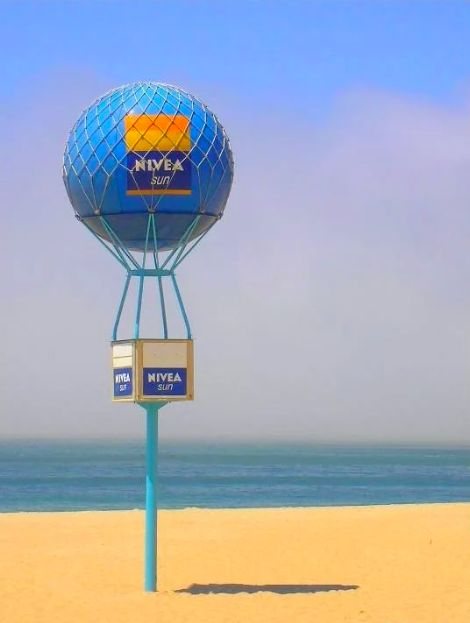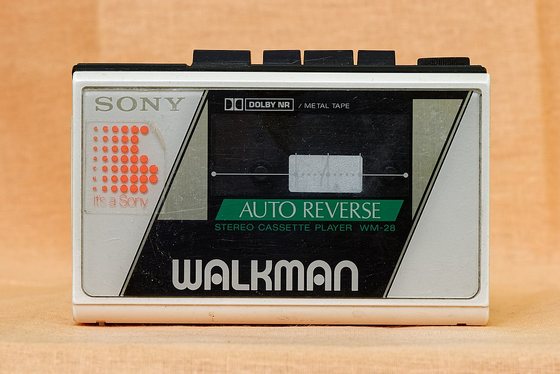Times change, the phrases used by young people change. The changes in the educational system threw the PGA and the propaedeutic year into the trunk of memories, nobody remembers the war between Beta and VHS, but the taste of bombocas continues to make the mouths water of those who tried them -and who did not-. Don’t you remember the desperate Santa announcement?
How long did you have in the PGA?
The question spread by word of mouth in the late 1980s and early 1990s. The General Access Test (PGA) was a Portuguese and general culture entrance exam for higher education that was compulsory for students who wanted to enter university after finishing year 12. It lasted from 1989 to 1993 and has always been the subject of strong student protests. In various cities across the country, students took to the streets to reject the test, which had a score of 0 to 100, with great support from the party’s youth structures.
This year I will do the preparatory
The Propaedeutic Year lasted from 1977 to 1981 and would eventually result in the embryo of the Open University. For a country recently emerged from the dictatorship and with low educational levels, it was not easy to create grade 12 yet. It was the first distance higher education initiative, with classes taught through RTP, on a deferred basis, for the entire country. The wide audience had five themes: Portuguese, a foreign language and three themes of the respective course. This experience led, in 1979, to the creation of the Portuguese Institute of Distance Education and later to the Open University.
We are next to the Nivea ball
At a time when beach days lasted from early in the morning until sunset, without worrying about the dangers of ultraviolet rays, the meeting point for many young people (and even families) was next to the ball soccer. many beaches in the country. It was such a popular place that sometimes the difficulty was finding the group next to the ball, which looked like a bus stop at rush hour. The giant ball that was an icon on the beaches from North to South, recently returned in an ecological version, in a partnership between Nivea and Eletrão, an EcoBall with a structure made of recyclable material and inserted in the sustainability policy of the brand of beauty care. . .

I bought the blouse at Porfírios and the skirt at Casa Africana
The days of Zaras and Bershkas were still far away. For young people from the south, Porfírios and Casa Africana were a paradise of rags, where they could find different clothes. The stores were facing each other, on a corner of Rua Augusta, in Lisbon. For 1980s teenagers living outside of Lisbon, a trip to Porfírios and even Casa Africana was seen as a real excursion. At school there was no one who did not envy a piece with these labels. Casa Africana was founded in 1872 and closed at the end of the 90s of the last century. The Porfírios opened their doors in 1965 and became a benchmark in youth fashion, with pieces made in Portugal, but copied from London’s Carnaby Street. It closed its doors in 2001.
I’ll lend you the movie. Do you have Beta or VHS?
There was no streaming, but the young people of the 80s and 90s of the last century had their tricks to keep up with film production, which was not that vast. After renting a movie at the video store, the method consisted of bringing together two readers (usually borrowed) to make a copy. Thus began a circuit of loans. The scheme was only shuffled when one had a Betamax (Beta) player and the friend a VHS, but always oblivious to the war between Sony and the Victor Company of Japan that today could be compared to a battle between the IOS and Android systems . The battle between the two systems lasted for about a decade, with VHS dominating the market until the advent of DVD.
He brought bombos for lunch
Oh the bombs! Anyone who was a child in the 70s of the last century still knows the ad’s phrase by heart: “chocolate on top, biscuits on the bottom, the filling on the inside. Wow what a cute sweet thing!” It’s hard to explain the flavor of Dan Cake and the delicacy of Imperial. Bombocas, let’s face it, encouraged a certain selfishness in children because nobody liked to share them… and the fragile chocolate coating was a good excuse. In children and adults, it is enough to remember the advertisement in which not even the desperate Santa Claus appealed to the sentiment of the owner of a store who replied: “Only these are left, they are for me…”
Give me a pencil. The cassette tape has been wound.
The cassette, or K7 for short, became popular in the 80s of the last century. The sound was recorded on tapes and this sometimes meant a lot of work, when they got tangled up. But as the need -or in this case the will to listen- sharpens ingenuity, a way was soon found to get away with it and continue listening to music: a simple pen allowed the tape to be pulled and unwound. There was only no solution when they broke, but even so, there were those who used it after its original purpose: to spread the tapes in agricultural fields to scare away birds. Without digital means to listen to music, the K7 was used in classic players and later in Walkmans and, at the time, it was a true revolution in the massification of the ability to record and reproduce sound. The cassette was created by Phillips in 1963 and, like vinyl, has been revived by nostalgics.

Are we going to the matinee to slow dance this Wednesday?
Who has never missed a class to go to a matinee that puts their finger in the air. Wednesdays were the day of the week that many clubs kept to welcome young people who still did not have their parents’ permission to go out at night. They spent hours and hours shaking their helmets with the hits of the 80’s but, for many, the slow ones, in which couples danced together, were the most anticipated moment of the afternoon. How many courtships began on Wednesday afternoons?
Spot the differences: What was a teenager’s bedroom like in the 1980s?
Are we going to Seagull this weekend?
Those who lived their youth in the south of the country were or really wanted to be there. Seagull was the hot nightclub and played the music everyone wanted to hear. The location on the sea in the Serra da Arrábida, between the beaches of Figueirinha and Galapos, made Seagull a special place. A fire, caused by a gas explosion in November 1998, reduced to ashes the space that housed the theme parties on Wednesdays. It never reopened, but those who miss Seagull have the opportunity to gather annually for a party to remember the nights on the balcony over the sea – the first one took place in 2010, in Tróia.
Bravo brings a poster of Kajagoogoo
The magazine was a hit with young people in the 1980s and no one cared that it was published in German. What the young people really wanted were the posters and stickers that it offered. There were many pop stars who “came out” on Bravo and one of the most sought after groups was Kajagoogoo, a British band, known for the single “Too Shy”. A boy band, with five goofy faces, who performed with irreverent hairstyles, clothes and accessories. They were at number one in the UK charts and number five in the US. They first ended the lineup in 1986, but reappeared for a third time between 2007 and 2011. In a solo career, Limahl has survived to this day. with his “Never Ending Story”.
Source: Observadora
